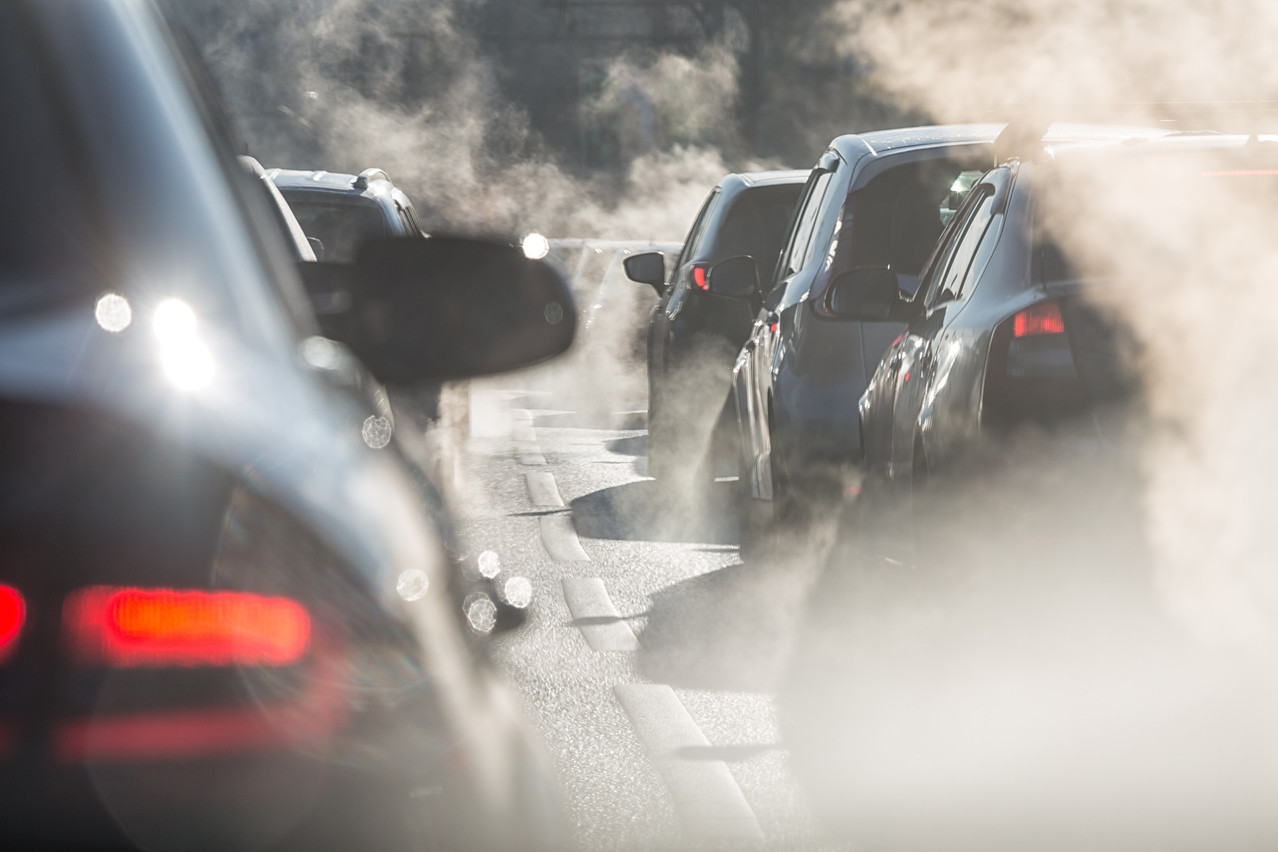The so-called emission standards would review limits for air pollutants coming from vehicles in the EU, through fuel- and technology-neutral rules, meaning that they will apply equally to different types of cars like e-cars or diesel. “In 2050, more than 20% of cars and vans and more than half of the heavier vehicles in our streets are expected to continue to emit pollutants from the tailpipe. Battery electric vehicles also still cause pollution from brakes and microplastics from tyres,” the Commission explains.
Euro 7 would foresee more realistic settings for driving tests--like driving in higher temperatures as Europe sees its temperatures rise, update and tighten the limits for pollutant emissions, regulate emissions from brakes and tyres, make sure that cars answer cleanliness criteria for longer, push the deployment of e-cars and make more use of digitalisation to control emissions.
Read also
These rules on pollutants like NOx and particle matter are planned to have a low impact on consumer prices, according to the Commission, and should improve air quality, especially in cities where pollution is more concentrated and has more adverse effects on citizens.
“We cannot accept a society where exposure to air pollution is responsible for more than 300,000 premature deaths in the EU-27 alone annually,” says Margrethe Vestager, exectutive VP for a Europe Fir for the Digital Age. The proposal has to go through the European parliament and council before discussions of its adoption into law begin.
